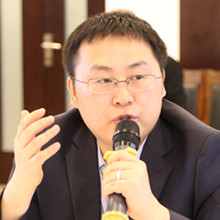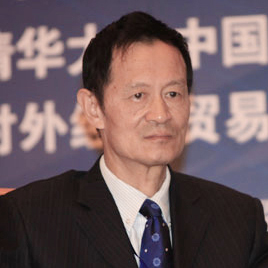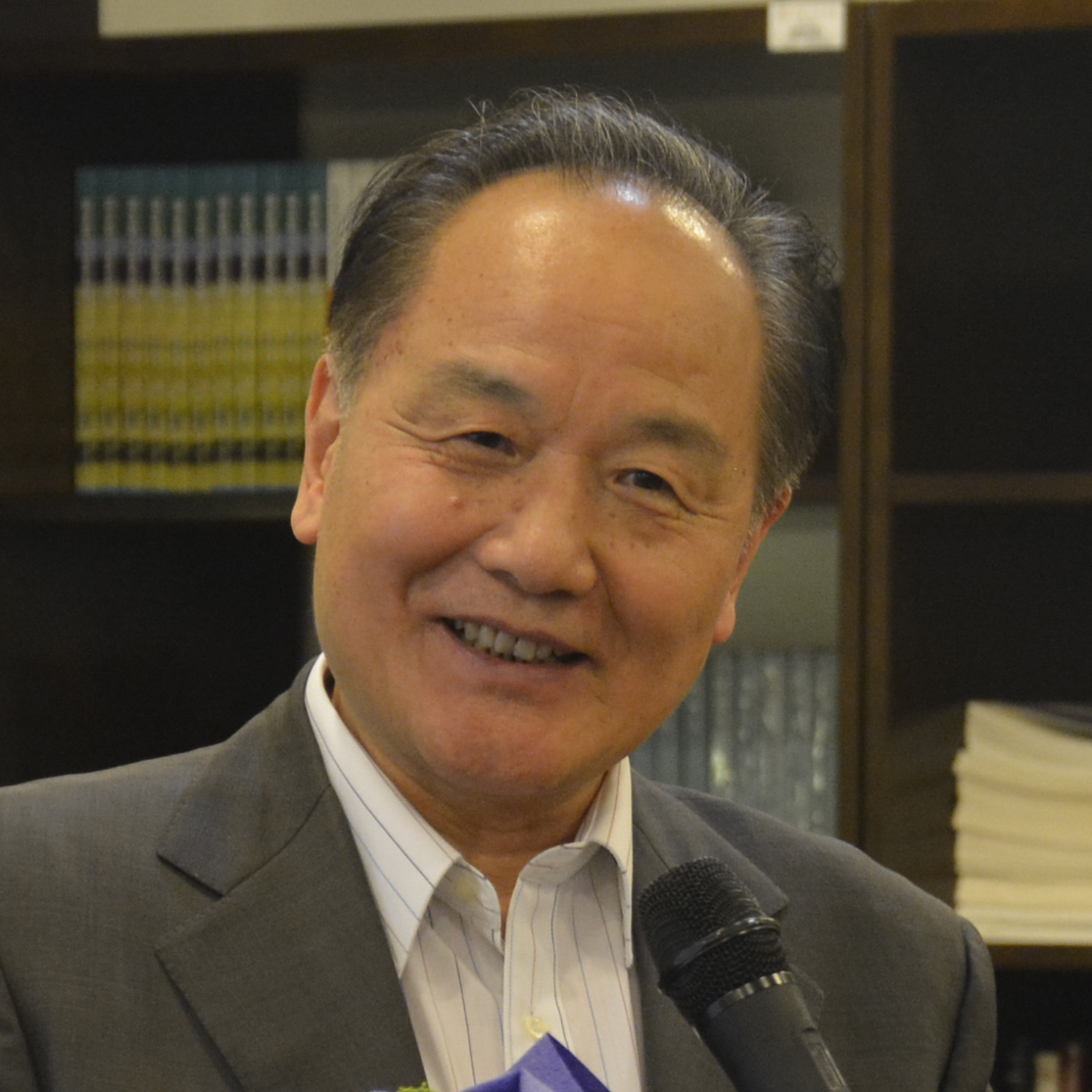Commentaries
Your Present Location: Teacher_Home> He Weiwen> CommentariesSupporting SMEs enhances China's economic health
Source: CGTN Published: 2019-01-16
Editor's note: This article is based on an interview with He Weiwen, a senior research fellow at the Chongyang Institute for Financial Studies in Renmin University of China.
"Supporting small- and medium-sized enterprises (SMEs) can offer strong and long-lasting stimulus for high-quality development," He Weiwen, senior research fellow at the Chongyang Institute for Financial Studies at Renmin University of China, highlighting the SMEs' important position in China's economy.
That echoes the latest announcement from the National Development and Reform Commission. On Tuesday, it said it will take a series of measures to reduce charges and taxes on a larger scale in 2019, especially favoring the SMEs for alleviating burdens on them.
The private sector in China, mainly composed of SMEs, which account for 90 percent of all businesses, makes contribution to more than 50 percent of tax revenues, over 60 percent of GDP, and over 80 percent of urban employment. It is thought that private businesses have become a crucial pillar for providing job opportunities, enhancing economic growth and social progress.
However, in the last year, deeply trapped in the clouds of China's slowing economic growth, weakening domestic demand and an annoying trade war with the U.S., SMEs have faced many challenges such as loaning and cost problems, hindering their development.
Apart from benefiting high-quality development, innovation is another aspect which SMEs cultivate. In the international community, many countries such as the U.S. and Japan have showed large support for SMEs which account for over 90 percent of all enterprises. SMEs have stronger innovation passion than large enterprises. Large enterprises usually hold an advantageous and competitive position in market, thus having little desire for innovation to promote development. On the contrary, SMEs, with their small scale and relative disadvantage position, are looking for innovation to gain unique competitiveness.
That also goes for China, a country which increasingly realizes the importance of innovation. In 2015, China unveiled the “Made in China 2025” plan. Two years later, Chinese President Xi Jinping stressed to hasten the speed for building an innovation-oriented country at 19th National Congress of the Communist Party of China.
For realizing these goals, SMEs can actively participate in the process as it accounts for more than 70 percent of technological innovations. And it can be said that development of SMEs is a necessity for the development of innovation.
In the long run, our country should continuously back up SME innovation, urging them to gain cutting-edge technologies. This can not only improve their efficiency and cut cost, thus helping them gain more benefits. Moreover, cutting-edge technologies are usually accompanied with irreplaceability, so brave them in face of competition with big ones.
China can also gain some insights from the international community for further pushing development of SMEs. For example, governments can support large enterprises to cooperate with SMEs, which is just the case of S. Korea where large enterprises, in face of a widening gap with SMEs, are encouraged to realize joint development with SMEs, provide financial and technological support to, and share management experience with them.
He Weiwen agrees with this, adding that the cooperation can make SMEs better adjust to the international market. Big enterprises, with their strong strength, are usually the main force for participating in international competition. SMEs, through their cooperation with big ones, can join the international market, and gain more experience in broad and complex environment.
And with China implementing the Belt and Road Initiative, SMEs are encouraged to actively participate in the initiative with big enterprises, and make full use of their advantages. In doing so, SMEs can not only share the initiative's benefits and strengthen themselves, but also in return boost the development of BRI.
He Weiwen is a senior research fellow at the Chongyang Institute for Financial Studies, Renmin University of China.

















































































 京公网安备 11010802037854号
京公网安备 11010802037854号





